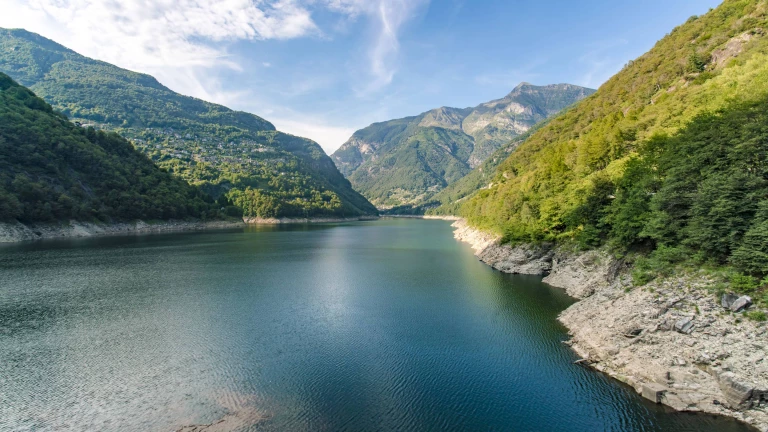Right now, some US lawmakers introduced legislation that would require the Environmental Protection Agency to study the impact of AI on climate change . The lawmakers also want a voluntary reporting system for companies to disclose the potential climate impact of their AI models.
The bill may not pass. But it highlights the growing concern over the environmental impact of the rapid rise of new technologies that require significantly greater computational power.
The So What
The advance of AI requires more water to cool the servers housed in data centers, as well as more energy to process the data.
“At the moment, water is undervalued and underpriced in most parts of the world, but companies need to start considering the business continuity risk of water availability,” says Dean Muruven , an associate director at BCG and an expert in integrated water resource management.
Even before the recent explosion of GenAI, water use in data centers has been rising steadily. According to a
2023 report from the Dutch bank ING
:
- Global water consumption from data centres has risen from 738 million liters in 2015 to more than 840 million liters in 2021—an increase of 14%.
- The US is home to about 25% of the world’s data centers.
- A mid-sized data center in the US roughly equals the water consumption of 100,000 homes.
“As climate change exacerbates both floods and droughts, data centers will become increasingly exposed to risk. Businesses need to proactively assess whether water will become a constraint, especially when finding new sites or expanding existing ones,” Muruven says.
In the US, data centers are often located in water-scarce areas such as Arizona, due to the space required. As AI’s global expansion continues apace, more data centers will also be needed in the Global South making proactive water management even more critical.
BCG analysis
shows that 30% of global GDP and 34% of the world’s population are in locations at high water risk.
- That could rise to 43% of global GDP by 2050 under a business-as-usual scenario.
“Tech companies can help stimulate emerging economies, but this needs to be held in balance with the impact on natural resources,” Muruven says.
“If the water resource is not properly managed, you can easily harm the development trajectory of emerging economies.”
Now What
Regardless of your sector, water management should be considered a business continuity risk and an opportunity, Muruven says.
Understand your resource and make water a strategic priority. Becoming better water stewards requires enterprises to think beyond their own boundaries and look at the water needs within the catchment they operate rather than simply developing corporate efficiency programs. Understanding both the natural and engineered water cycles is important for both legacy data centers and for players looking at where best to site a new data center. “The biggest challenge of water is that it’s not as straightforward to quantify and contain or offset as carbon emissions. There has to be an element of collective action and a willingness to engage with multiple stakeholders to understand the impact of water use on the community,” Muruven says.
Invest in nature-based solutions . Protecting and enhancing natural ecosystems is one of the most effective ways to create water resilience. This could include the restoration of wetlands, reconnecting rivers to flood plains, or replenishing soil or forests. Nature-based solutions can be encouraged through technological innovation and supportive economic policies, encouraging public and private entities to work together. The EU is currently leading the way with new regulation to measure corporate impact on nature.
Harness
the power of AI
. AI is a key part of the solution by helping measure and provide better quality data on rivers and ground water, enabling better management decisions. Such technology and scenario planning should be deployed when deciding where best to locate data centers. AI can also play a key role in ensuring water optimization and efficiency. And the power of AI and big data can also be used to look for water growth opportunities.




